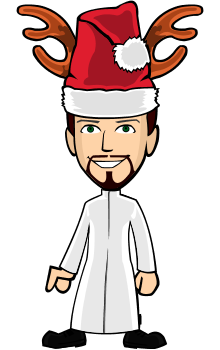1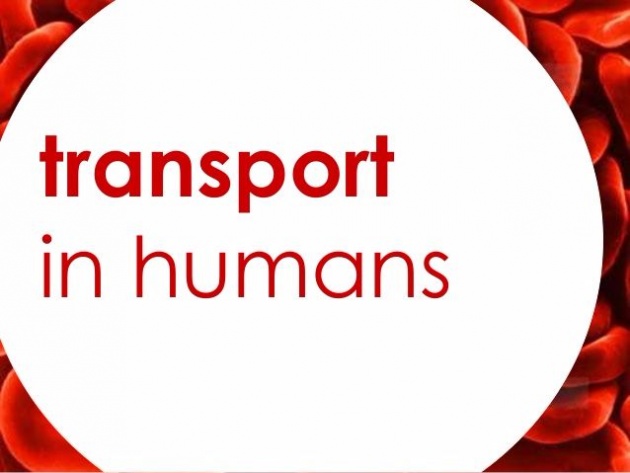
Our body needs food and oxygen to produce energy. Wastes are also produced in our body. How do materials move in our body? The supply of food, water oxygen and removed of wastes for our body is called. Tran’s potation. The blood circulatory system is our body serves this purpose.
Human blood circulatory system
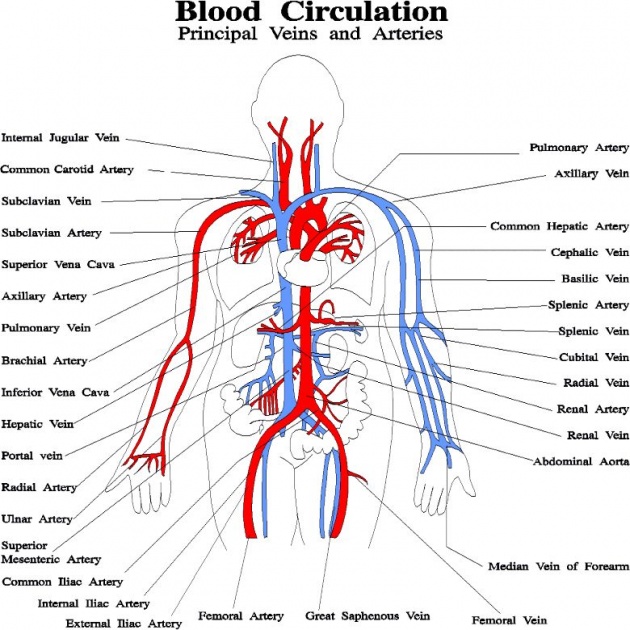
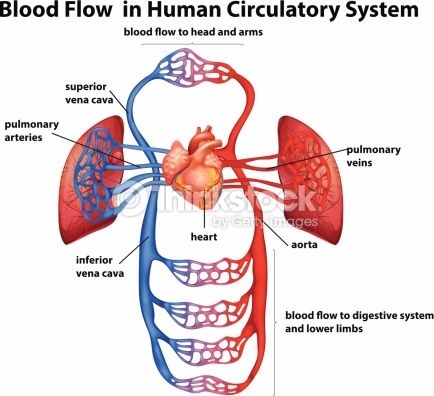
Our circulatory system comprises the heart, blood vessels and blood our heart is pumping the blood in blood vessels.
Video:
The Circulatory System
The Heart
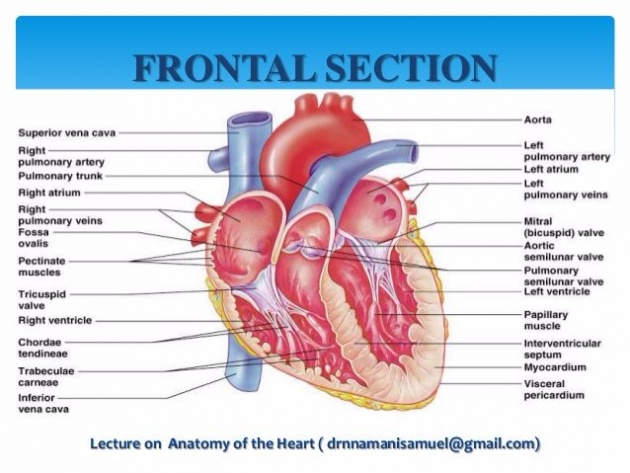
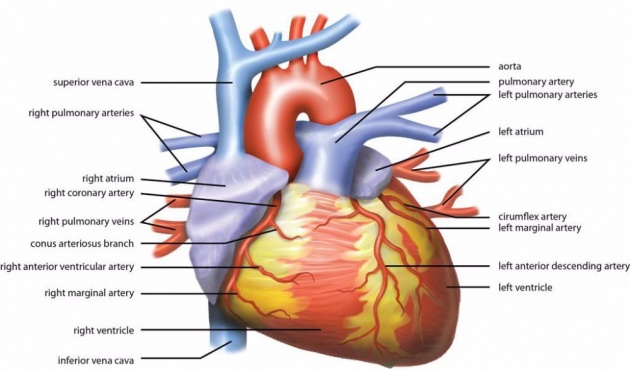
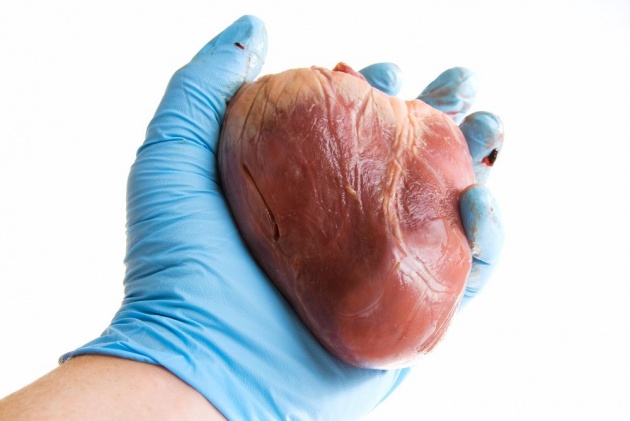
Our heart is a muscular organ about the size of our fist. The heart is found in our chest. It pumps oxygen poor blood (deoxygenated blood) to the lungs and oxygen-rich blood (oxygenated blood) to the body. There are four champers in our heart two upper chambers called atria (singular atrium) and two lowers chambers called ventricles.
The ventricles of our heart are larger than the atria. Both atria cont contract at the same time and so the ventricles. The blood passes from the atria into the ventricles. There is a value between each atrium and ventricular on the both sides of the heart. These values keep the flowing in one direction. Deoxygenated blood from the body enters the right atrium and oxygenated blood from the lungs enters the left atrium of our heart. The right ventricle pushes the blood to the lungs and left ventricle pushes the bloods to the body.
Video:
Heart Anatomy
Blood vessels
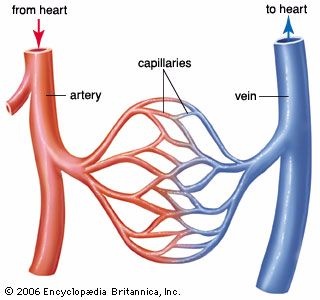
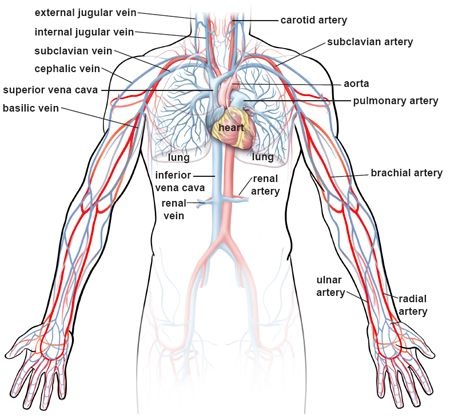
The blood travels throughout the body through blood vessels. The three types of blood vassals are arteries, capillaries and veins.
Video:
8.7.2 Blood Vessel Structure and Function
Arteries
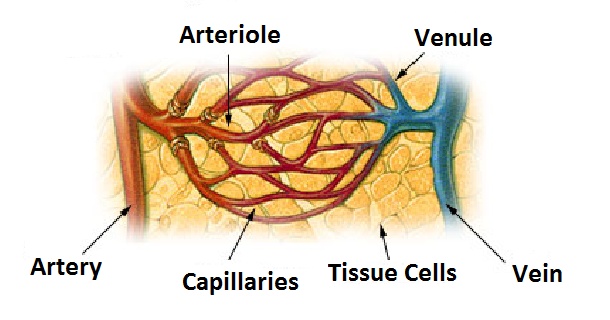
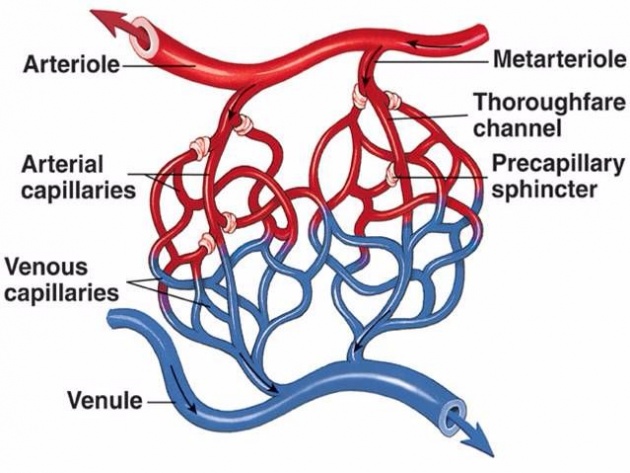
Arteries are the blood vessels that carry blood away from the heart. Arteries have thick and flexible walls. Most of the arteries carry oxygenated blood to the lungs. Arteries divide many times to smaller tube called.
Video:
Arteries vs. Veins - What's the difference?
Capillaries
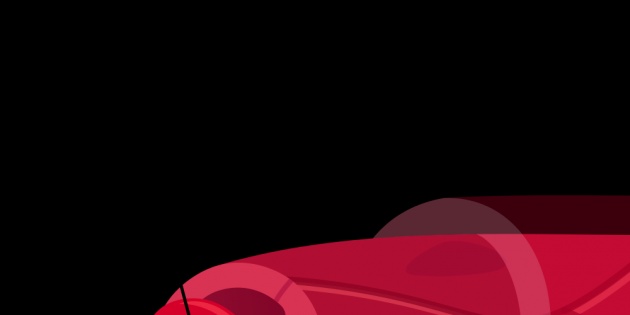
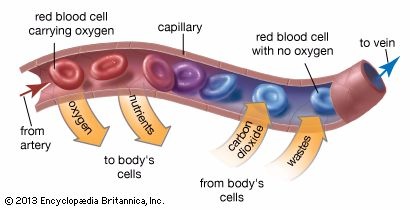
Capillaries are the smallest blood vessels of the body. They are so small that red blood cells flow through them one cell at a time food and oxygen from the blood of capillaries diffuse into cells. Waste materials and carbon dioxide from the cells diffuse in to the blood of capillaries. Capillaries gain join to from the larger blood vessels called veins.
Video:
Capillaries | Biology | Anatomy
Veins
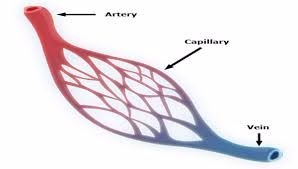
Veins are the blood vessels that bring blood back to the heart. Most of the veins bring deoxygenated blood back to the heart but pulmonary veins bring oxygenated blood from the lungs to the heart.
Video:
Veins of the body - PART 1 - Anatomy Tutorial
Diet affects our circulatory system
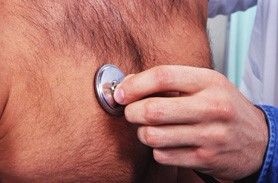
Our diet and lifestyle affect our circulatory system and cause many diseases such s heart attack, blood pressure, diabetes and asthma.
Heart Attack (Myocardial infarction)


The heart is made of muscle cells. These sell just like other cells in the body, must receive oxygen and food through circulatory system. The blood vessels which supply oxygen and food to the heart are called.
Video:
Heart attack (myocardial infarction) pathophysiology
Coronary arteries
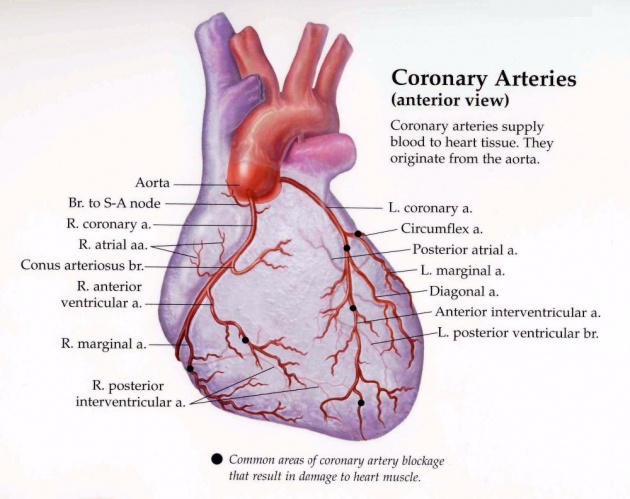
A heart substance called plaque boil up in the walls of coronary retries. Due to this, the blood cannot reach a part of the heart. This part of heat begins to die due to lack of oxygen and food. The death of a part of heat is called a heart attack or myocardial infection. If too much heart muscle dies, the heart is unable to pump the blood and the person could die.
Heart attack simples may include chest pain shortness of breath heavy sweating. Which is a medical emergency?
Video:
Cardiology - Coronary Blood Supply
Heat blood pressure (Hypertension)
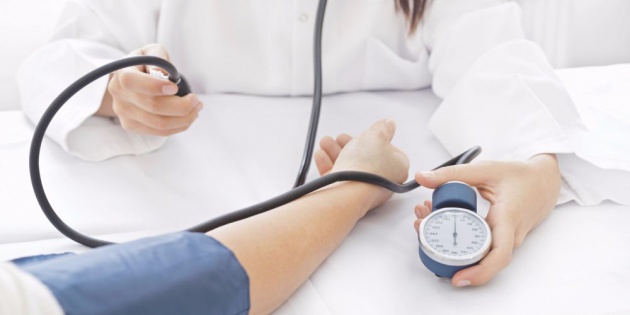
High blood pressure is a disorder of circulatory system. Blood pressure is the amount of force exerted by blood against the walls of the arteries. If the blood pressure of a person remains above the normal value 120, 180 the condition is called high blood pressure or hypertension.
The increased blood pressure can damage blood vessels and the result may be the failure kidneys and heart. People with high blood pressure may have the symptoms such as headache, fatigue, and blurred vision nose bloods. Food high in fat, high salt intake, smoking, obesity, diabetes, lack of exercise. Rise the risk of high blood pressure.
Video:
Heat and High Blood Pressure
Diabetes
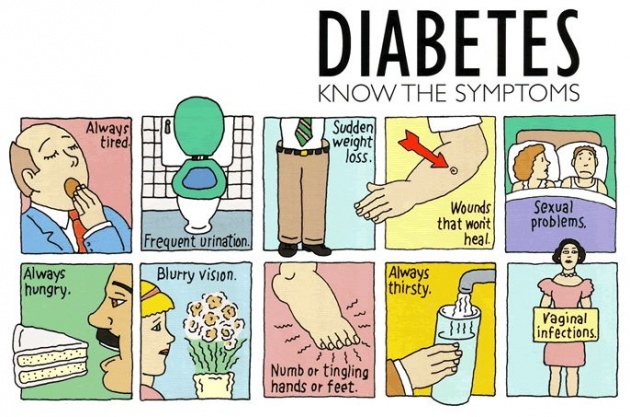
Diabetes is a disease in which a person has high blood sugar, because his/her body does not produce enough insulin. Insulin is the chemical that is produced in our pancreas. Insulin help to decrease blood sugar. Without insulin a person develops diabetes.
loss of weight, frequent urination, excessive thirst and hunger, are some of the symptoms of diabetes.
If the patient does not control the level of blood sugar, he/she may be at the rash of loss of eyesight and hearing, heart attack, gum disease kidney disorder.
Video:
The Perfect Treatment for Diabetes and Weight Loss
Asthma
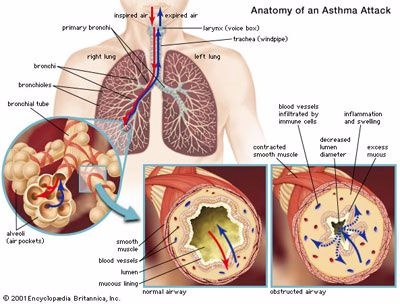
Asthma is a allergy that causes the airways of the lungs to swell and narrow. A person with asthma may wheeze (a whistling sound when he or she breathes) cough and feel tightness in chest.
The things that can cause asthma are called allergens. Dust mites, pollen grains and some foods may cause asthma.
Symptoms of an asthma attack may be cough shortness of breath, wheezing extreme difficulty in breathing, chest pain, and sweating and increased pulse rate. Severe asthma attack may lead to death.
It is not easy to cure asthma, but one can be normal and active even with asthma.
Video:
Asthma Explained Clearly
All images Source: GOOGLE
All Video Source is : YOUTUBE
Mian-Mehmood
With the Help of Own-Muhammad

